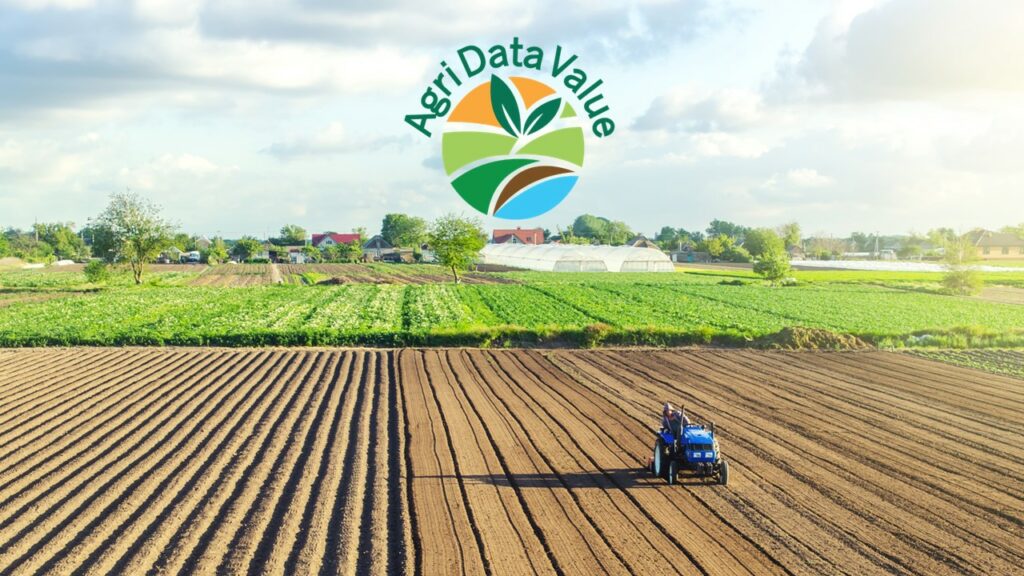Introduction
In the quest for sustainable agriculture, cover cropping has emerged as a vital practice. Cover crops, which are planted during off-season periods when soils might otherwise be left bare, offer numerous benefits that enhance soil health, improve biodiversity, and reduce soil erosion. This practice is not only a method of soil conservation but also a strategy to boost farm productivity and environmental resilience. In this article, we will explore the principles and benefits of cover cropping, examining its impact on soil health, biodiversity, and erosion control. By understanding the multifaceted advantages of cover crops, we can better appreciate their role in sustainable farming systems and their potential to contribute to a more resilient agricultural future.
Benefits of cover cropping
Soil Health: Cover crops play a crucial role in maintaining and improving soil health. They enhance soil structure, increase organic matter content, and promote beneficial microbial activity. This results in improved soil fertility and better water retention, reducing the need for chemical fertilizers and irrigation. According to Dabney et al. (2001), cover crops can significantly improve soil quality by adding organic matter and nutrients to the soil, which are essential for crop growth.
Biodiversity: The use of cover crops can lead to greater biodiversity both above and below the soil surface. Diverse cover crop mixtures can attract a variety of beneficial insects and organisms, providing natural pest control and promoting pollinator health. Kaspar and Singer (2011) highlight that cover crops create habitats for a range of species, fostering a balanced ecosystem that can enhance agricultural resilience.
Erosion Control: One of the primary benefits of cover crops is their ability to prevent soil erosion. Their roots help bind the soil, reducing runoff and retaining topsoil. This is particularly important during heavy rainfall or on sloped terrains where erosion risks are higher. The Sustainable Agriculture Research & Education (SARE) program emphasizes that cover crops can reduce erosion by providing ground cover that protects the soil from the impact of raindrops and wind.
The Figure 1 showcases the primary benefits of cover cropping, including improvements to soil health, enhanced biodiversity, and effective erosion control.

Challenges and Considerations
While cover cropping offers many benefits, it also comes with certain challenges. The selection of appropriate cover crop species, timing of planting and termination, and management practices need careful consideration to maximize benefits. Farmers may also need to balance the initial costs and labor involved in establishing cover crops with the long-term gains in soil health and productivity.
Practical Implementation
To successfully integrate cover crops into farming systems, it is essential to tailor practices to local conditions and specific crop needs. This involves choosing the right cover crop species, understanding their growth patterns, and aligning them with the main crop cycle. Effective management of cover crops can lead to enhanced soil health, reduced input costs, and improved farm sustainability.

The Figure 2 illustrates a typical crop rotation cycle incorporating cover crops. The cycle starts in the spring with the planting of a main crop such as corn. During the summer, the main crop continues to grow. In autumn, a cover crop like oats is planted, which grows and covers the soil during the winter months, decomposing and enriching the soil. The following spring, a different main crop, such as soybeans, is planted. This rotation helps improve soil health, manage pests, and reduce soil erosion, contributing to sustainable agricultural practices.
Conclusion
Cover cropping stands out as a powerful tool in the arsenal of sustainable agriculture practices. By enhancing soil health, boosting biodiversity, and preventing erosion, cover crops contribute to more resilient and productive farming systems. The benefits they offer go beyond immediate agricultural gains, fostering long-term environmental health and sustainability. As we face increasing challenges from climate change and soil degradation, the adoption of cover cropping practices will be crucial in ensuring the future of farming. By continuing to research and refine these methods, and by supporting farmers through education and policy incentives, we can pave the way for a more sustainable agricultural landscape.
References:
- Dabney, S.M., et al. “Cover Crops and Water Quality.” Journal of Soil and Water Conservation, 2001.
- Kaspar, T.C., and J.W. Singer. “The Use of Cover Crops to Manage Soil.” American Society of Agronomy, 2011.
- Sustainable Agriculture Research & Education (SARE). “Managing Cover Crops Profitably.”


